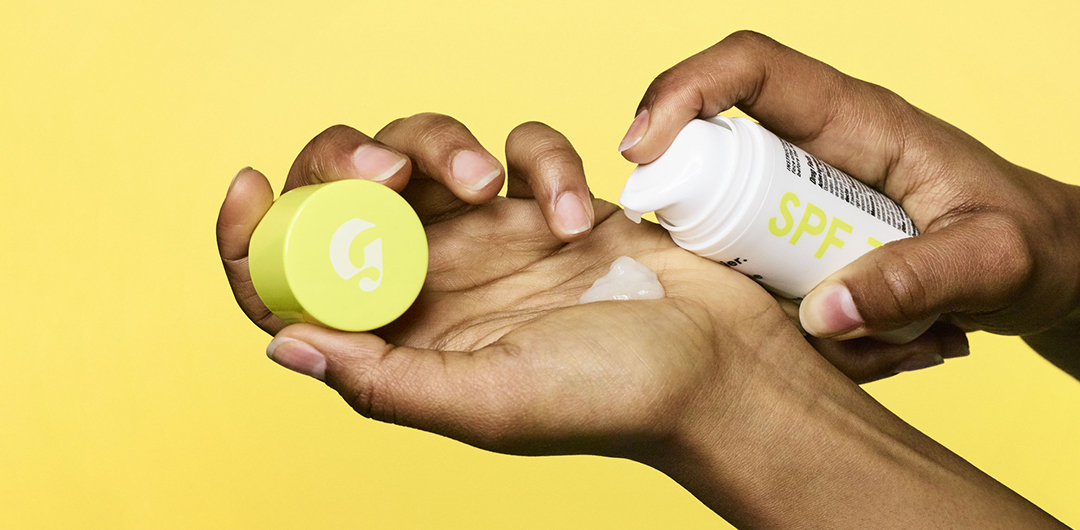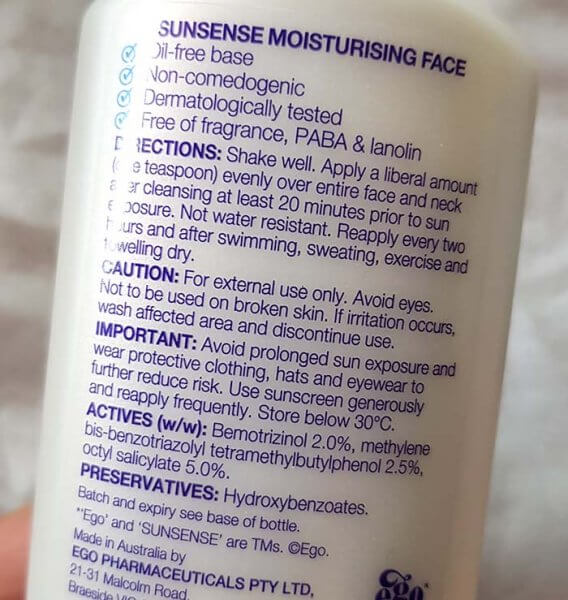


Phthalates also can be found in various other cosmetics, including some soaps, shampoos, nail polishes and hair sprays, and parabens are in many hair care and make-up products

These compounds aren’t just in sunscreens, either. However, this effect has only been found in very high doses. This could lead to problems later in life, such as reduced sperm count or increased risk of testicular cancer. High-level exposure to phthalates, in particular, has been found to disrupt development of male genitals. Laura Vandenberg, associate professor at the University of Massachusetts Amherst's School of Public Health and Health Sciences, says most endocrine disrupters affect male foetuses and embryos. But no research on humans has backed this up. Some lab and mice studies have found that some organic UV filters, including oxybenzone, as well as ingredients including parabens and phthalates, which can be found even in sunscreens that use inorganic UV filters, are suspected endocrine disrupters: chemicals that interfere with our hormones.
#Chemical sunscreen ingredients trial#
However, the trial was very small – involving only 24 people.
#Chemical sunscreen ingredients skin#
“Little is known about systemic exposure for most active ingredients” in sunscreens, the FDA stated in its report, referring to the effects of large volumes of sunscreen absorbed through the skin and into the body.įDA scientists authored a paper focusing on four ingredients found in sunscreen into the skin, including oxybenzone, and concluded that absorption of sunscreen into the body may be more than a theoretical concern. This alone doesn’t mean sunscreen is unsafe, but there is growing focus on the potential adverse effects of the most common UV filter worldwide: oxybenzone. It’s long been established that some organic filters are absorbed through the skin and into the bloodstream.


 0 kommentar(er)
0 kommentar(er)
